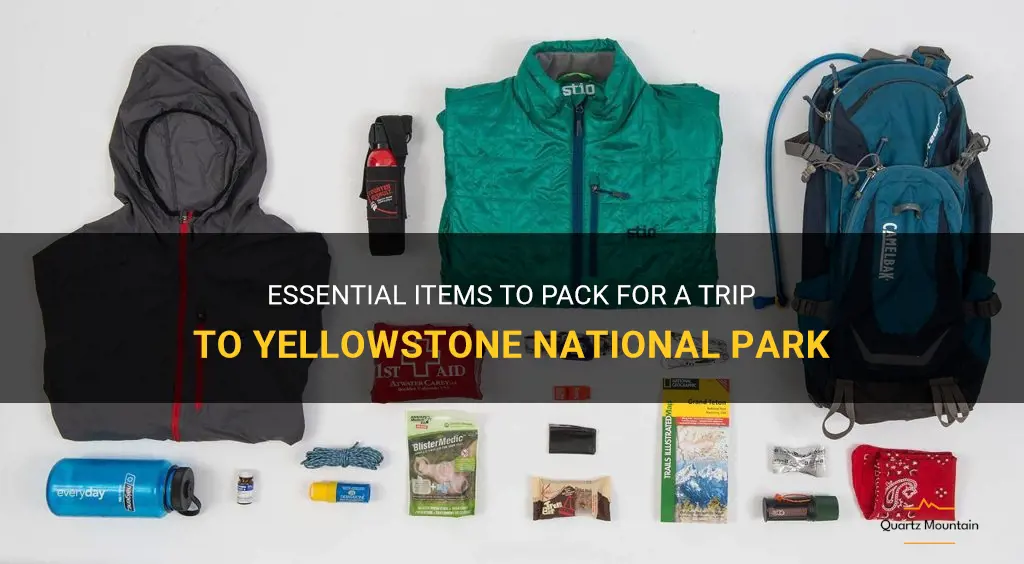
Yellowstone National Park is a world-renowned destination for nature lovers and adventure seekers alike. With its stunning geysers, vast wilderness, and abundant wildlife, visiting this iconic park is an experience like no other. However, as you prepare for your trip, it's essential to pack the right items to ensure a comfortable and enjoyable stay. From sturdy hiking boots to a reliable camera, this guide will highlight the essential items you need to pack for a trip to Yellowstone National Park. So gear up and get ready to embark on a memorable journey into the heart of nature's wonders.
What You'll Learn
- What essential items should I pack for a trip to Yellowstone National Park?
- Are there any specific clothing recommendations for visiting Yellowstone?
- Is there any gear or equipment that is necessary for exploring the park?
- Are there any additional items I should consider bringing for specific activities or weather conditions?
- Are there any specific guidelines or restrictions for what can be brought into Yellowstone National Park?

What essential items should I pack for a trip to Yellowstone National Park?
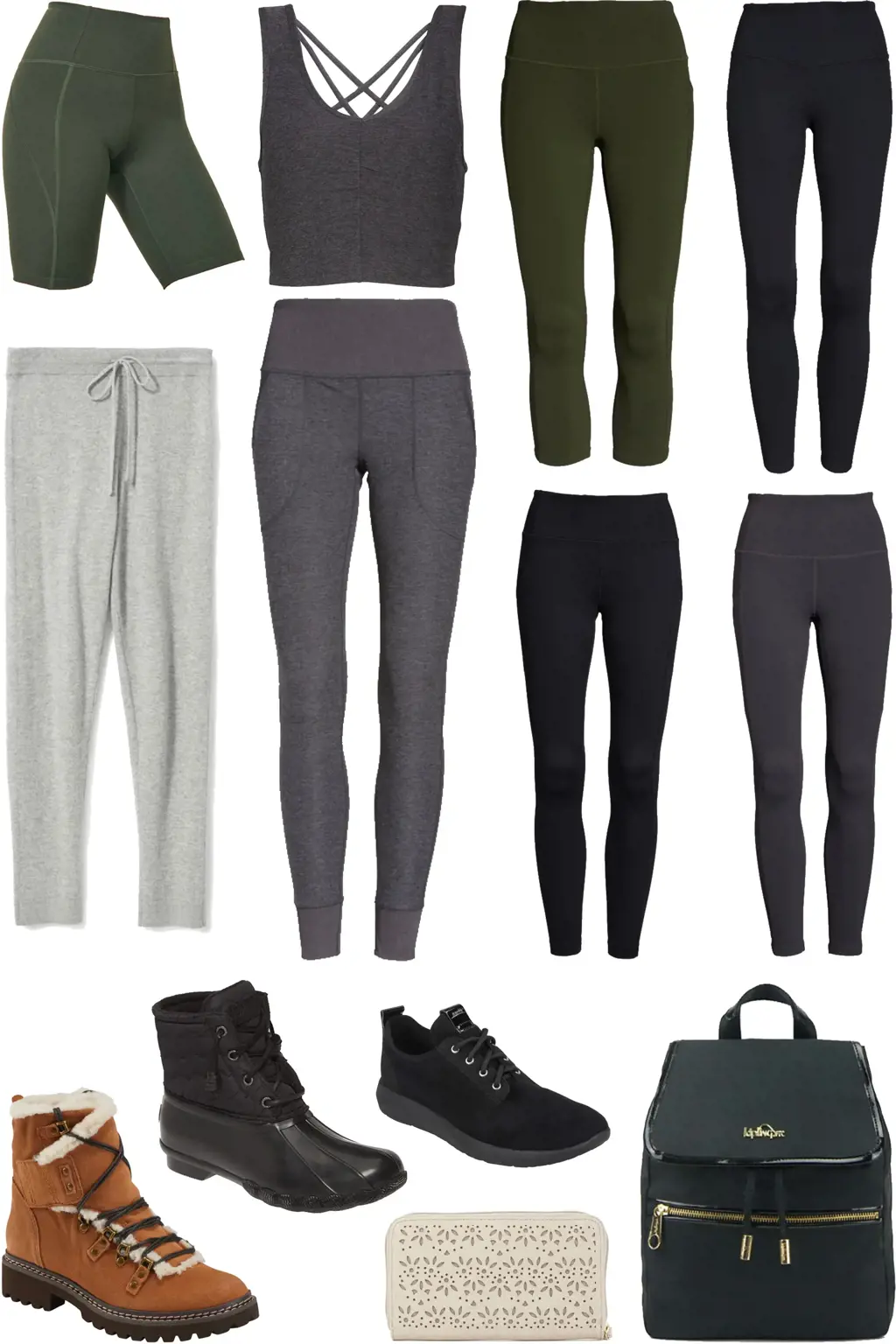
Yellowstone National Park is a stunning destination with its vast landscapes, diverse wildlife, and unique geothermal features. It is important to be well-prepared for your trip to fully enjoy and make the most of your time in the park. Here are some essential items you should pack for a trip to Yellowstone National Park:
Clothing for Various Weather Conditions:
Yellowstone National Park experiences a wide range of weather conditions throughout the year. It is important to pack clothing that can be layered to accommodate changing temperatures. Even during summer, the temperatures can vary significantly between day and night. Be sure to pack a warm coat, rain gear, and comfortable hiking boots.
Insect Repellent and Sunscreen:
Mosquitoes and other biting insects can be prevalent in certain areas of the park, especially during the summer months. It is essential to pack insect repellent to protect yourself from bites. Additionally, Yellowstone's high altitude and exposed terrain can lead to sunburns, so it is important to bring sunscreen with a high SPF rating.
Binoculars and Camera:
Yellowstone National Park is a haven for wildlife enthusiasts and photographers. To fully enjoy the wildlife viewing opportunities and capture memorable moments, be sure to pack a pair of binoculars and a camera with a telephoto lens. You wouldn't want to miss the chance to spot a grizzly bear or witness the eruption of the famous Old Faithful geyser.
Water Bottle and Snacks:
Exploring the park's vast landscapes and hiking its trails can be physically demanding. It is important to stay hydrated, especially at high altitudes. Carry a reusable water bottle that you can refill throughout the day. Additionally, pack some snacks such as energy bars or trail mix to keep you fueled during your outdoor adventures.
Maps and Guidebooks:
While technology can be helpful, it is always a good idea to have physical maps and guidebooks of Yellowstone National Park. These resources can provide valuable information on hiking trails, points of interest, and safety precautions. Make sure to familiarize yourself with the park's layout and specific regulations to ensure a safe and fulfilling experience.
First Aid Kit:
Accidents can happen even in the safest of environments. It is always recommended to carry a basic first aid kit with essentials such as band-aids, antiseptic wipes, pain relievers, and any necessary prescription medications. In case of emergencies, be aware of the park's emergency contact numbers and location of the nearest medical facilities.
Bear Spray and Safety Precautions:
Yellowstone National Park is home to a significant population of grizzly bears and black bears. It is important to take proper precautions to ensure your safety and the safety of the wildlife. Carry bear spray, which is a type of pepper spray specifically designed to deter bears. Additionally, make noise while hiking to alert bears of your presence and avoid surprising them.
In conclusion, packing the essential items listed above will help ensure a safe and enjoyable trip to Yellowstone National Park. Remember to check the park's official website or consult with park rangers for any specific rules or recommendations before your visit. Take the time to prepare and plan adequately, and you will have a memorable experience exploring the wonders of Yellowstone National Park.
Essential Items to Pack for Your 6 Month Old on Holiday
You may want to see also

Are there any specific clothing recommendations for visiting Yellowstone?

When planning a trip to Yellowstone National Park, it is important to consider the type of clothing you will need to bring. The park experiences a wide range of weather conditions throughout the year, so it is crucial to be prepared for any scenario. Here are some clothing recommendations for visiting Yellowstone:
- Layered clothing: The weather in Yellowstone can be unpredictable, with temperatures fluctuating throughout the day. It is recommended to dress in layers, so you can easily adjust your clothing according to the temperature. Start with a base layer made of moisture-wicking material to keep you dry and comfortable. Add a mid-layer for insulation, such as a fleece or down jacket, and top it off with a waterproof and windproof outer layer.
- Sturdy hiking boots: Yellowstone is known for its vast and diverse landscapes, which often require long walks or hikes to fully explore. It is important to wear sturdy hiking boots that offer good ankle support and traction. This will ensure comfort and stability on uneven terrain and protect your feet from potential injuries.
- Waterproof and breathable rain gear: Yellowstone is prone to sudden rain showers, especially during the spring and summer months. It is essential to have a waterproof and breathable rain jacket and pants to keep you dry during these downpours. Additionally, this gear can also serve as a windbreaker to protect against chilly gusts of wind.
- Hats, gloves, and scarves: Even in the warmest months, the temperatures can be cooler in the mornings and evenings. Bringing a hat, gloves, and scarf can provide extra warmth when needed. These accessories can also protect you from the sun's rays during the hotter parts of the day.
- Sun protection: Yellowstone receives a high amount of sun exposure due to its elevation and open landscapes. It is crucial to bring and wear sunscreen with a high SPF, sunglasses with UV protection, and a wide-brimmed hat. These items will help shield your skin and eyes from harmful UV rays.
- Insect repellent: Mosquitoes and other biting insects are prevalent in Yellowstone, particularly during the summer months. To prevent itchy bites and potential illnesses, it is recommended to bring an effective insect repellent and apply it as needed.
By following these clothing recommendations, you will be well-prepared to explore Yellowstone National Park in any weather condition. Remember to always check the weather forecast before your trip and adjust your clothing accordingly. Enjoy your time in this stunning natural wonder!
The Ultimate Guide to Packing for Coachella: A Complete List of Essentials
You may want to see also

Is there any gear or equipment that is necessary for exploring the park?
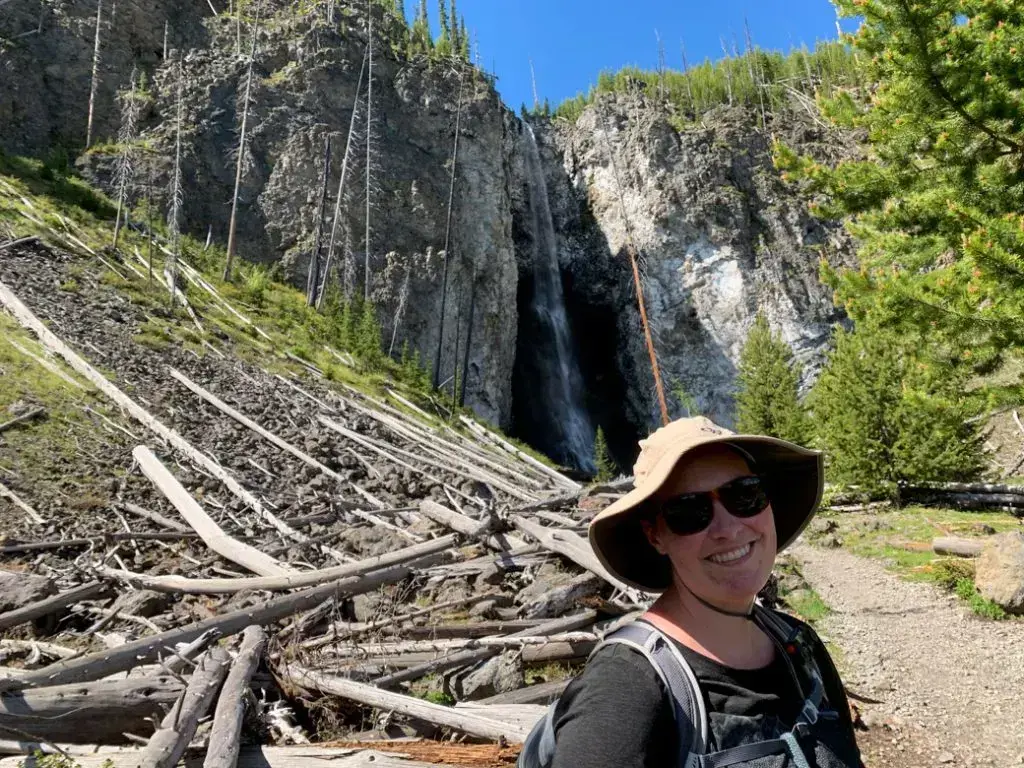
Exploring a park can be a thrilling and adventurous experience, but it's important to be prepared with the right gear and equipment. Whether you're going for a hike, a picnic, or simply enjoying the scenery, having the necessary gear will ensure you have a safe and enjoyable time. In this article, we will discuss the essential gear and equipment that you should consider bringing with you when exploring the park.
- Comfortable Footwear: A good pair of hiking boots or sturdy walking shoes is essential for exploring the park. The terrain in parks can vary, from rocky trails to muddy paths, so having comfortable and supportive footwear is crucial. Invest in a pair that fits well and provides good traction to prevent injuries and discomfort.
- Weather-Appropriate Clothing: Check the weather forecast before heading out to the park and dress accordingly. If it's sunny, wear lightweight and breathable clothing that offers protection from the sun, such as hats, sunglasses, and sunscreen. On cooler days, bring layers like jackets or sweaters to stay warm.
- Backpack: A backpack will come in handy for carrying all your necessary items. Choose a backpack that is lightweight, durable, and has multiple compartments to organize your gear. Make sure it has adjustable straps for a comfortable fit and is large enough to carry water bottles, snacks, a first-aid kit, and other essentials.
- Navigation Tools: Maps, compasses, and GPS devices are crucial for navigating through the park, especially if you plan on going on longer hikes or exploring off-trail areas. Familiarize yourself with the park's trail map and use navigation tools to avoid getting lost.
- Water and Snacks: Staying hydrated is important when exploring the park, so carry an ample supply of water. It's also a good idea to pack energy-boosting snacks like granola bars, nuts, or dried fruits to keep your energy levels up during your adventure.
- First-Aid Kit: Accidents can happen, even on seemingly easy hikes. Therefore, it's always wise to carry a basic first-aid kit containing essential items such as band-aids, antiseptic wipes, pain relievers, and blister patches. This will ensure you're prepared for any minor injuries or emergencies that may occur.
- Insect Repellent: Insect repellent is essential in many parks to prevent bug bites and stings. Choose a repellent that is effective against mosquitoes, ticks, and other insects prevalent in the area.
- Binoculars and a Camera: If you enjoy bird-watching or wildlife photography, consider bringing binoculars and a camera with a telephoto lens. These will allow you to get a closer look at birds, animals, and other interesting sights you come across during your exploration.
- Safety Whistle and Flashlight: Safety should always be a top priority when exploring the park. Carry a safety whistle to attract attention if you get lost or need help. Additionally, pack a small flashlight with fresh batteries in case you find yourself out after dark.
- Good Attitude and Respect for Nature: While not a physical item, having a positive attitude and showing respect for the natural environment are essential when exploring the park. Remember to follow park rules, stay on designated trails, and leave no trace behind.
By gathering the right gear and equipment and being well-prepared, you can have a safe and enjoyable experience exploring the park. Don't forget to check park regulations and guidelines specific to the area you plan to visit. So get out there, explore, and immerse yourself in the beauty of the park!
Essential Packing Tips for Tauck River Cruises
You may want to see also

Are there any additional items I should consider bringing for specific activities or weather conditions?
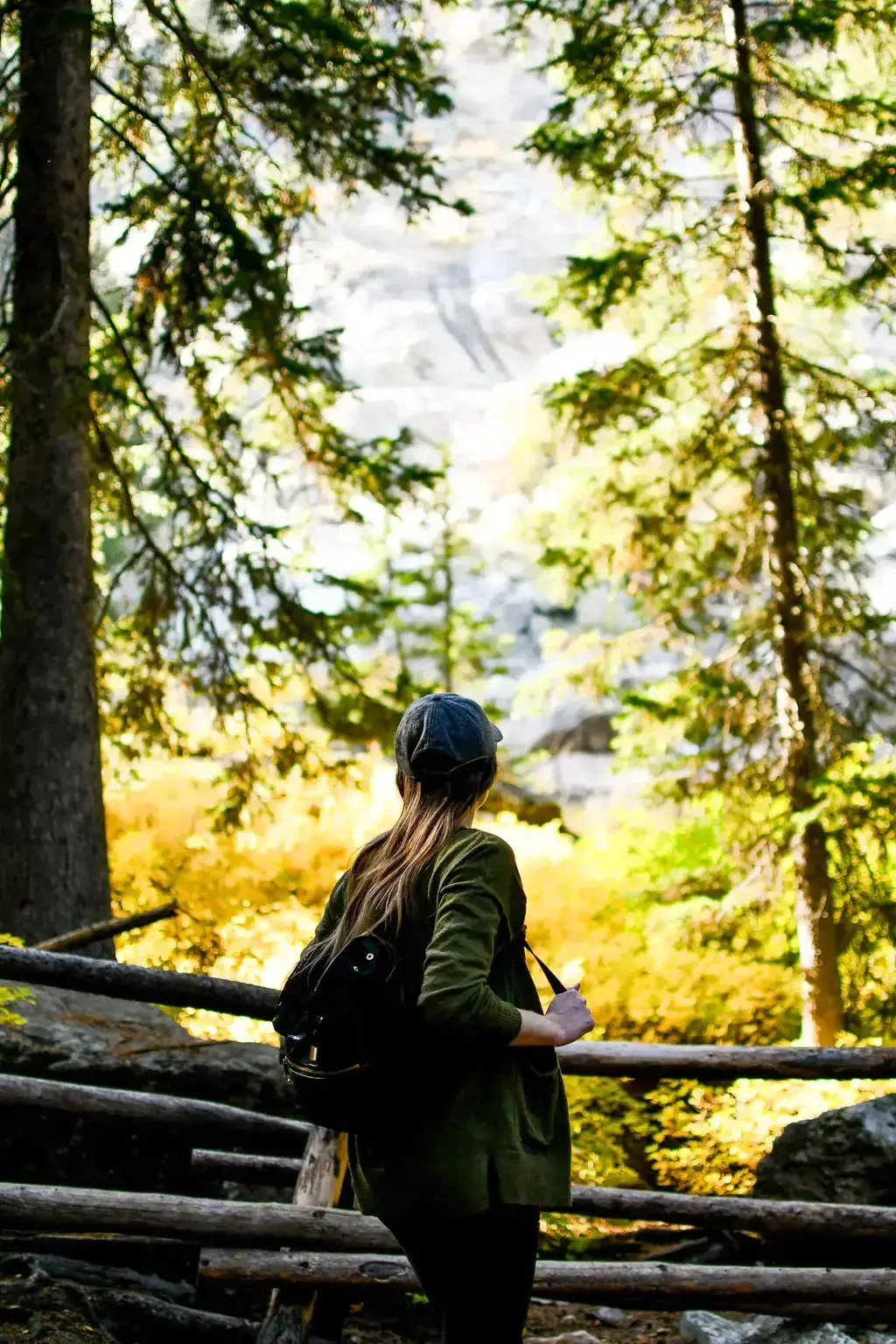
When embarking on outdoor activities or facing different weather conditions, it's important to be prepared with the right gear and equipment. In addition to the essentials, there are often some additional items that can make your experience more enjoyable and safe. Whether you're heading out for a hike, camping trip, or encountering extreme temperatures, here are some things you should consider bringing along.
For hiking or backpacking trips, it's always a good idea to have a map and compass, even if you're using a GPS device. Technology can sometimes fail, and having traditional navigation tools can be a lifesaver. A lightweight and collapsible hiking pole can also come in handy, especially when tackling steep and uneven terrain. It provides extra stability and support for your knees, reducing the risk of injury.
If you're planning on spending the night in the great outdoors, investing in a good quality sleeping pad is essential. This will not only provide insulation from the cold ground but also increase your sleeping comfort. Additionally, packing a lightweight camping pillow can make a significant difference in getting a good night's sleep.
When venturing into areas with extreme weather conditions, such as deserts or freezing temperatures, there are some specific items you should consider bringing. In desert environments, a wide-brimmed hat and UV-protective sunglasses are crucial for protecting your face and eyes from the harsh sun. Carrying a portable sunshade or umbrella can also provide relief from the scorching heat when resting or taking a break.
In cold climates, it's essential to have proper insulation and layers to keep warm. If you're going skiing or snowboarding, a helmet is a must to protect your head from potential injuries. A thermos filled with hot beverages, like tea or soup, can provide a warm boost during breaks. Hand warmers and toe warmers are also handy items to have, as they can prevent frostbite in freezing temperatures.
When engaging in water activities like snorkeling or kayaking, having a waterproof bag or case for your electronic devices is essential. This will protect your phone, camera, or other gadgets from water damage and allow you to capture memorable moments without worry. A compact and lightweight dry bag can also keep your belongings safe and dry while on the water.
If you're planning on spending extended periods in nature, a portable power bank can be a lifesaver. It allows you to charge your electronic devices, such as your phone or GPS, even when there's no access to electricity. This can be particularly useful in emergency situations when communication is vital.
Being prepared with the right gear and additional items can greatly enhance your outdoor experience and ensure your safety. Take the time to research and assess the specific needs of your activity or weather conditions to determine what additional items you should bring. Remember, it's always better to be over-prepared than underprepared when it comes to enjoying the great outdoors.
Common Mistakes to Avoid When Packing Your Hospital Bag
You may want to see also

Are there any specific guidelines or restrictions for what can be brought into Yellowstone National Park?
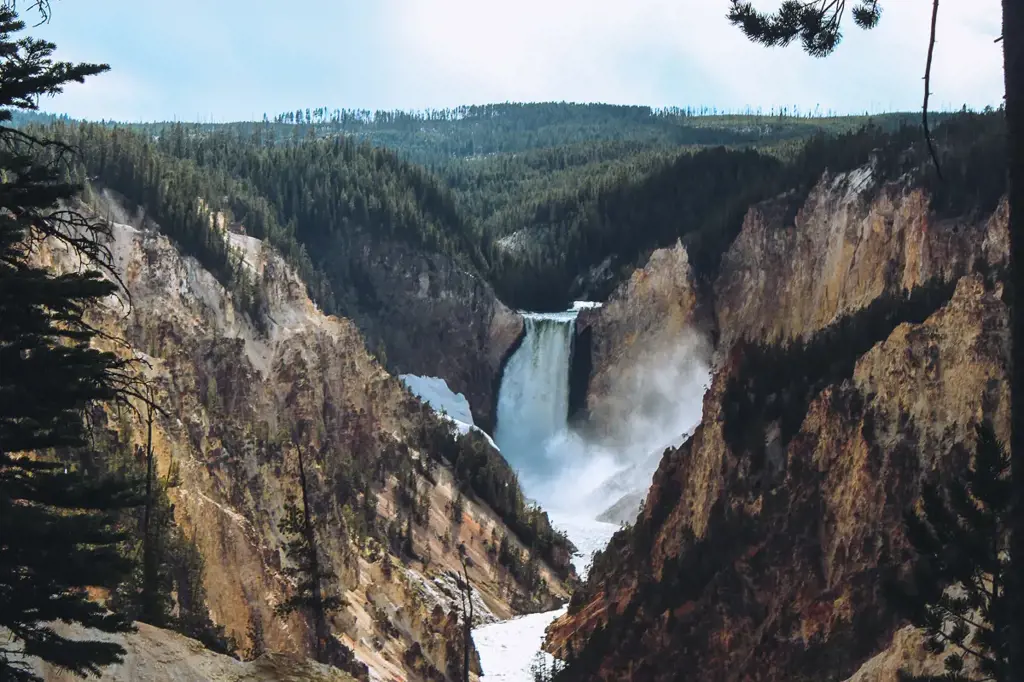
As one of America's most iconic national parks, Yellowstone is a must-visit destination for nature enthusiasts. However, when planning a trip to Yellowstone National Park, it's important to be aware of any guidelines or restrictions regarding what can be brought into the park. To ensure a safe and respectful visit, here are some specific guidelines to follow.
Wildlife Conservation:
Yellowstone National Park is home to a diverse range of wildlife, including bears, wolves, bison, and elk. To protect these animals and their habitats, it is essential to follow guidelines related to food storage and disposal. Be sure to store all food and scented items in bear-resistant containers or vehicles, and dispose of trash in designated bins or dumpsters. It is illegal to feed any wildlife in the park, as this can disrupt their natural behaviors and potentially lead to dangerous encounters.
Fire Safety:
Due to the park's unique geothermal features and potential for wildfires, strict regulations are in place regarding the use of campfires and fireworks. Campfires are only allowed in designated fire grates or pits within established campgrounds. Outside of these areas, the use of camp stoves is preferred. Fireworks are strictly prohibited within the park boundaries to prevent accidental fires and maintain the park's natural beauty.
Prohibited Items:
Certain items are restricted or prohibited in Yellowstone National Park to protect its delicate ecosystems and preserve visitor safety. These include weapons, explosives, firewood from outside the park, and recreational drones. It is also important to note that the use of metal detectors to search for buried treasures is not allowed, as it can disturb archaeological sites and natural landscapes.
Fishing Regulations:
Yellowstone National Park offers exceptional fishing opportunities, with numerous rivers, lakes, and streams teeming with fish. However, anglers must abide by specific regulations to conserve fish populations and their habitats. A valid Yellowstone fishing permit is required, and catch-and-release practices are strongly encouraged. Certain areas may have additional fishing restrictions, such as seasonal closures or catch limits, so it's essential to check the park's guidelines before embarking on a fishing trip.
Cultural Heritage Preservation:
Yellowstone National Park is not only defined by its natural wonders but also by its cultural heritage and archaeological sites. It is illegal to disturb or remove any historic artifacts, fossils, rocks, or plants from the park. Visitors are encouraged to enjoy and appreciate these cultural resources while leaving them undisturbed for future generations.
By following these guidelines and restrictions, visitors can ensure a safe and enriching experience in Yellowstone National Park. Respecting the park's wildlife, ecosystems, and cultural heritage will help preserve this incredible place for generations to come.
Packing for Disneyland: Essential Tips for a Magical Trip
You may want to see also
Frequently asked questions
When packing for a trip to Yellowstone, it is important to be prepared for various weather conditions and outdoor activities. Layered clothing is essential, as temperatures can fluctuate greatly throughout the day. Pack warm clothing for cool mornings and evenings, such as a fleece or jacket, as well as light and breathable clothing for the warmer parts of the day. Additionally, pack comfortable hiking shoes or boots, as well as rain gear and a hat for protection from the elements.
While special gear is not always necessary for outdoor activities in Yellowstone, there are a few items that can enhance your experience. Binoculars are recommended for wildlife viewing, as Yellowstone is home to a diverse range of animals. A sturdy backpack is also useful for carrying water, snacks, and any necessary essentials while exploring the park. If you plan on camping, be sure to pack a tent, sleeping bag, and camping stove if necessary.
Safety should always be a top priority when visiting a national park like Yellowstone. It is important to pack a first aid kit with essential supplies, such as bandages, antiseptic wipes, and pain relievers. Additionally, bring a map or GPS device, as well as extra batteries or a portable charger for electronic devices. It is also a good idea to bring bear spray for protection against any potential encounters with wildlife. Lastly, be sure to pack sunscreen and insect repellent to protect yourself from the sun and pesky bugs.







